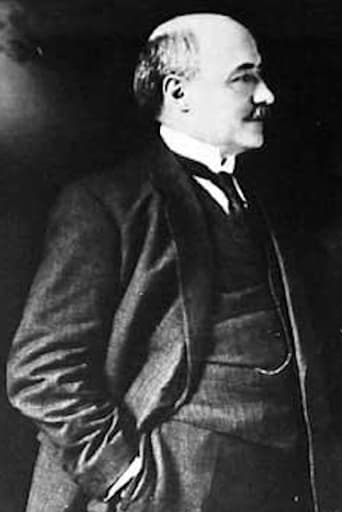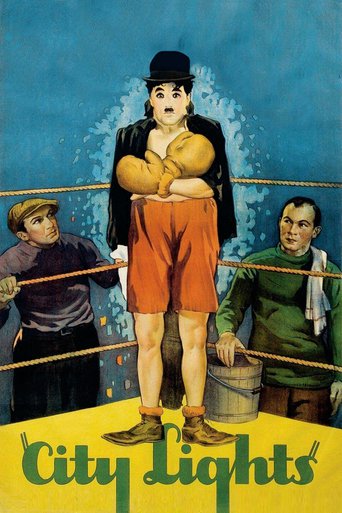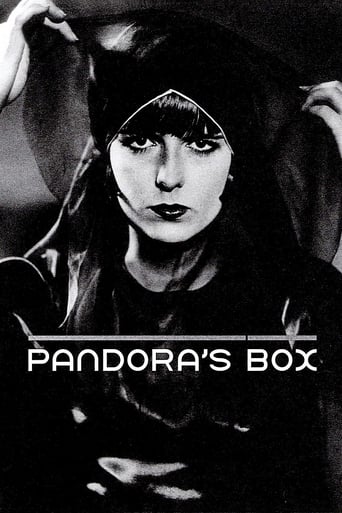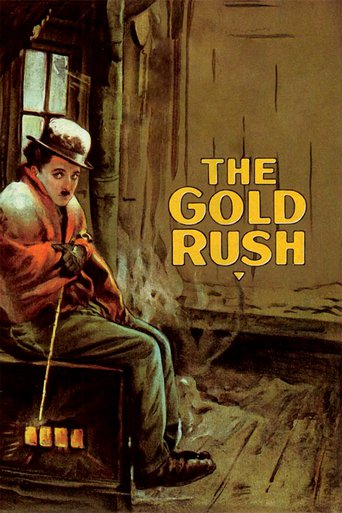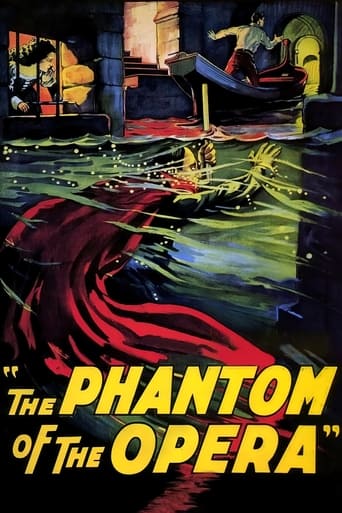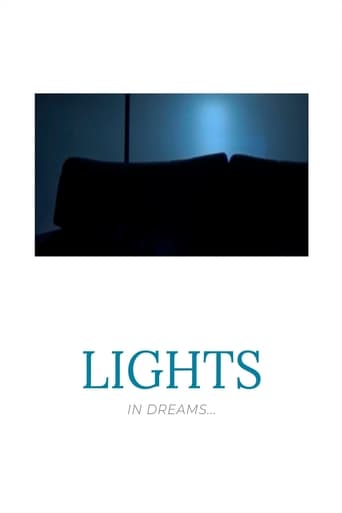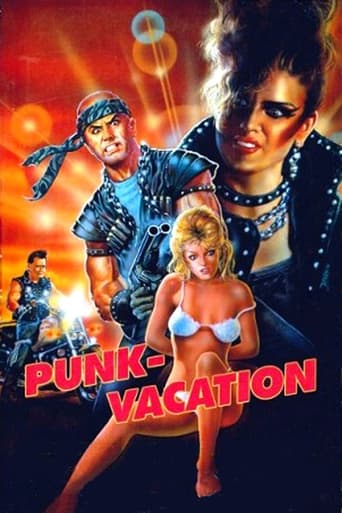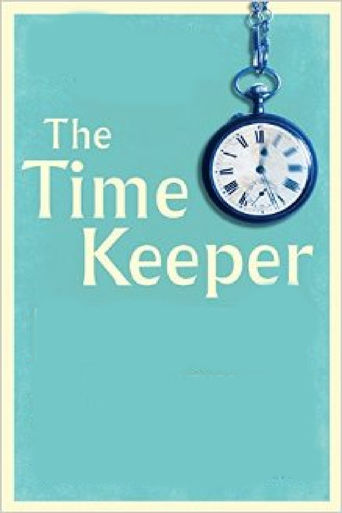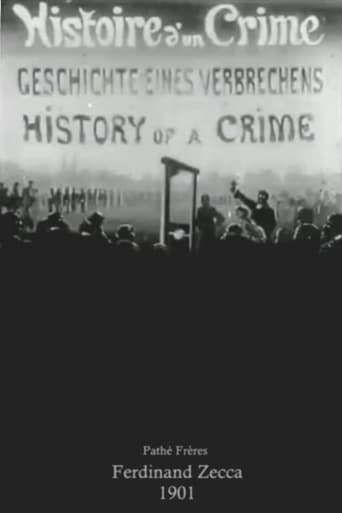
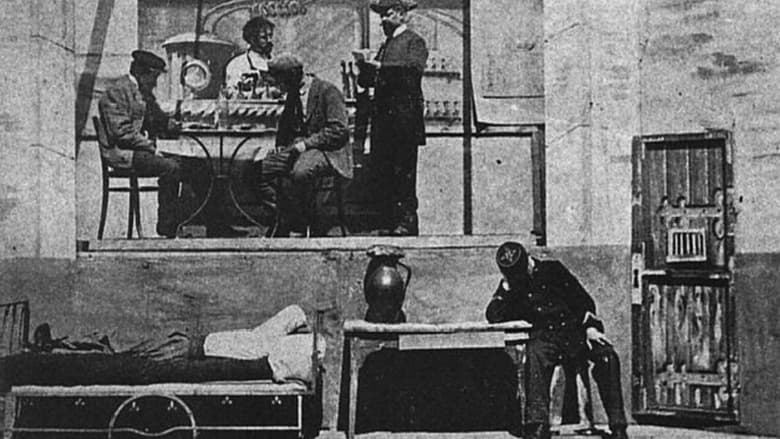
History of a Crime (1901)
A convicted criminal dreams about his past the night before his execution.
Watch Trailer
Cast


Similar titles
Reviews
Ferdinand Zecca's "History of a Crime" is actually a good example of a film where it is really difficult to understand the action. You get glimpses of it like the early safe-cracker scene or the execution in the end, but most of the stuff in-between stays a mystery. Of course, they did not have intertitles or sound yet 115 years ago, but still I wish they could have made this story easier to understand. Zecca was among France silent film pioneers as well, even if he never reached the popularity of Méliès and Lumière. His film here runs for 5 minutes which is pretty long for that era already and yet there are still longer films out there. All in all, not among the best early silent movies. Not recommended.
This film is highly reminiscent of the Edison film "Execution of Czolgosz"--a recreation of the execution of the man that murdered President McKinley. The Czolgosz execution was re-staged and many people believed it was the real thing, though today's audiences would easily be able to figure out it was faked. This is much like this French film from the exact same year. In fact, it was not uncommon for companies to "borrow" ideas from other ones and I'm not sure which of the studios (Edison or Pathe) really made their film first.The first portion of the movie is a relatively dull story about a guy who murders another, is apprehended and sent to prison. While there are real sets and plot (making it better than MOST films from 1901), the thing looks pretty cheesy. That is, until the very end. Then, to my utter surprise and initial horror, they do a pretty realistic guillotining of the prisoner and you see the head pop off!! If your kids want to see a very, very old film, show them this one--it's creepy but cool and guaranteed to make them laugh!
This is an ambitious effort for a movie made in 1901. Not only is the plot rather involved, taking several scenes to tell the whole story at a time when most narrative movies consisted of only a handful of developments at the most, but it also experiments with its techniques. Not all of it works, but despite some flaws, it's interesting, and it's relatively successful at what it set out to do.The story combines a morality play, of the kind that became very common over the following decade, with a couple of efforts to provide commentary and/or additional background on the events. None of that was entirely new, but it was rather enterprising to try to put so much together at once. The story itself is not so interesting as some of the ideas that they used in filming it.In terms of technique, the highlight is a dream sequence that fills in the audience on the background of the criminal who is the main character. The technical side now looks rather crude, but it was certainly a worthwhile effort, and at least the idea was good, as an attempt to add some depth to an otherwise straightforward story.Another experimental device is the use of dissolves each time the scene changes. There's no reason why it couldn't work, and this was not the only movie of the era to try it, but of course it did not catch on. Still, the combination of distinctive features gives this short movie some interest over and above the story content and the sometimes rudimentary techniques.
An early attempt by Zecca, Pathe's leading director in this period, at scene changes. All of them are done by fade. This technique would be abandoned, resulting in the standard French look through the 1920s, most notably in Louis Feuillade's movies, in which the camera sits in one location. The result is a much more subjective camera than the typical American style.


